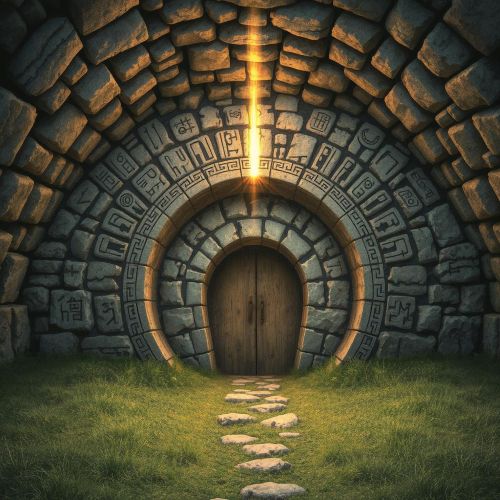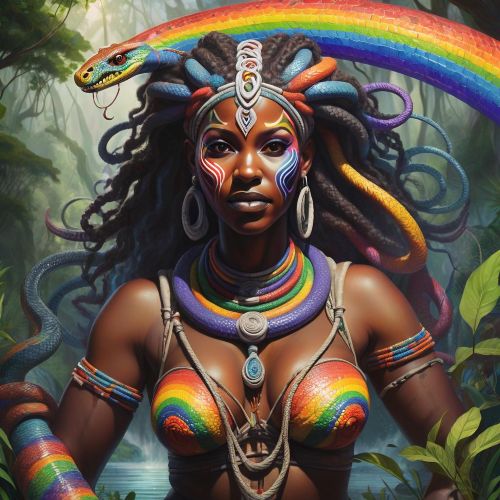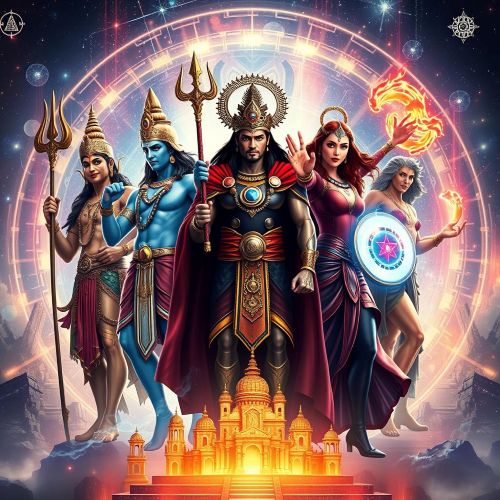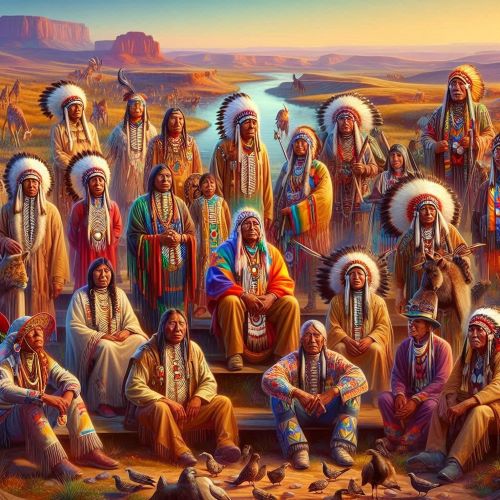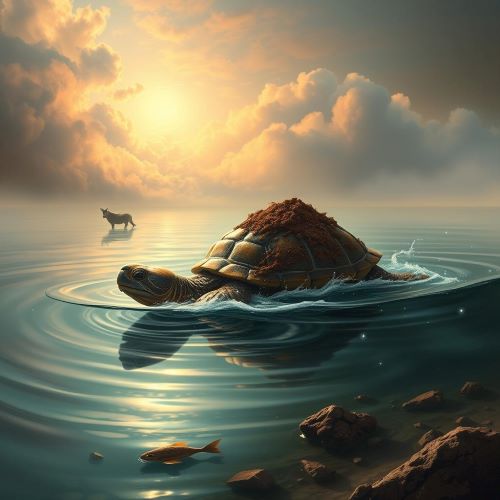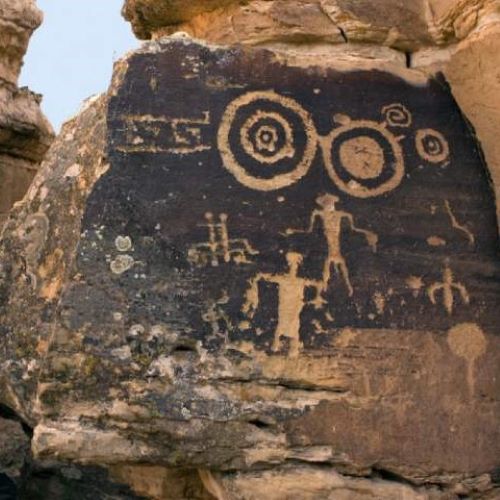
How the Dogon Tribe Knew About Sirius B Centuries Ago
The Dogon tribe of Mali has long captivated researchers, spiritual seekers, and mythologists with their deeply symbolic cosmology and enigmatic connection to the Sirius star system. Nestled in the rocky cliffs of the Bandiagara Escarpment, this indigenous group of West Africa holds a creation story so rich and complex that it has baffled modern scholars for decades. Central to their mythology is Sirius—referred to as Sigi Tolo—a star that they described in detail long before Western astronomy confirmed its characteristics.
The Origins of the Universe According to the Dogon
The Dogon tribe’s cosmology begins with a divine creator named Amma, the supreme god responsible for initiating the cosmos. Amma created the universe from a primordial egg, which split into two halves—representing order and chaos. From this cosmic egg emerged all matter, time, and life. Within it were contained the seeds of stars, planets, and even concepts like speech and thought.
Amma attempted to create life by mating with the Earth, but the act was imperfect and produced a flawed being—Yurugu, a male figure associated with imbalance and incompleteness. Later, through more balanced divine processes, Amma created the Nommo, amphibious celestial beings who are considered ancestors and spiritual guardians of the Dogon people.
The Nommo were sent to Earth in a vessel that descended with great noise and wind—an event the Dogon describe with imagery startlingly similar to a spacecraft landing. These beings brought with them sacred knowledge, order, and law, helping guide humanity and forming the foundation of Dogon religion, rituals, and social structure.
The Sirius Connection: Cosmic Knowledge from the Stars
One of the most astonishing aspects of Dogon mythology is their intimate knowledge of the Sirius star system. According to their oral tradition, Sirius—Sigi Tolo—is not a singular star but part of a binary or even trinary system. They have long claimed that Sirius has a companion star, Po Tolo, which is invisible to the naked eye and incredibly dense.
This is where the mystery deepens. Modern astronomy confirmed in the 20th century that Sirius is indeed part of a binary system, with Sirius B—a white dwarf—being exceptionally small yet dense. The Dogon had described its orbit, density, and even a third star (Emme Ya, sometimes considered Sirius C) centuries before telescopic instruments could verify such details. Their depiction of the star’s elliptical orbit and 50-year cycle aligns remarkably with scientific data.
How did an isolated tribe with no written language and no access to telescopes come to possess such advanced astronomical knowledge? This question continues to puzzle both scientists and mythologists.
Nommo and the Legacy of Sirius
The Nommo are said to have come from Sirius and are often described in terms that suggest aquatic, perhaps even extraterrestrial, origins. They are depicted as half-human, half-fish beings—echoing motifs found in various global mythologies, including Sumerian and Babylonian texts.
To the Dogon, the Nommo were not just beings from another world; they were divine messengers who transmitted the secrets of the cosmos. The tribe continues to honor them through elaborate ceremonies, dances, and the Sigui festival, which takes place every 60 years and marks the renewal of creation and the movement of Sirius across the sky.
A Blend of Myth and Science
The Dogon tribe’s knowledge of Sirius has sparked numerous theories. Some suggest the information was passed down from ancient Egyptian priests, given the proximity and potential cultural exchanges across Africa. Others propose more unconventional explanations, including ancient alien theories. French anthropologists Marcel Griaule and Germaine Dieterlen documented the Dogon cosmology in the 1930s, which brought their knowledge to global attention. However, skeptics argue that Western knowledge might have inadvertently influenced their accounts.
Despite the debates, what remains undeniable is the coherence and depth of the Dogon belief system. Their rituals, artwork, and oral traditions all revolve around celestial bodies, cycles, and the principles of balance, duality, and spiritual evolution.
Modern Recognition and Continuing Legacy
Today, the Dogon continue to celebrate their cultural heritage and preserve their unique cosmology despite pressures from modernization and tourism. Their insights into the universe remain a source of inspiration for historians, scientists, and spiritual thinkers alike. The Dogon tribe’s Sirius connection serves as a powerful example of how ancient wisdom can sometimes precede scientific discovery.
As interest in indigenous knowledge systems grows globally, the Dogon mythos—especially its focus on Sirius—offers a compelling bridge between ancient spirituality and modern science. Whether one interprets their tales as metaphor, divine truth, or misunderstood history, the Dogon tribe’s Sirius mythology continues to shine as brightly as the star it reveres.



